Nationality Canada Movement Indigenous art | Name Bill Reid | |
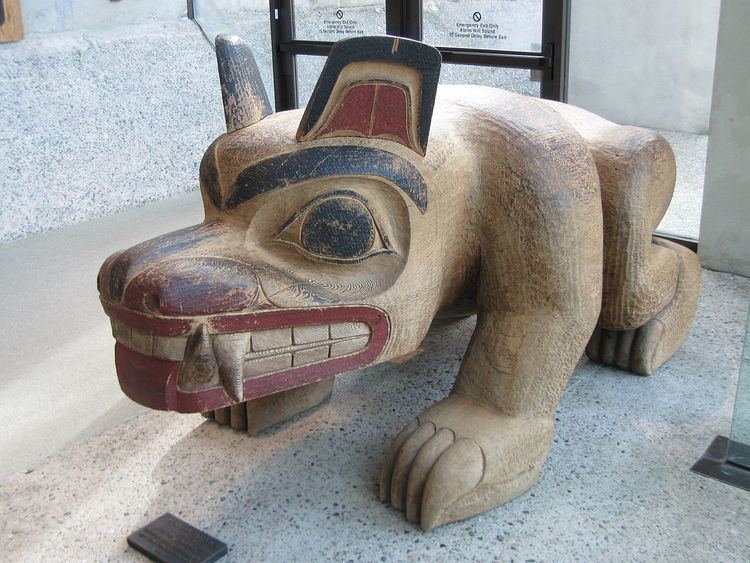 | ||
Full Name William Ronald Reid, Jr. Notable work The Spirit of Haida GwaiiChief of the Undersea World Awards Similar Bill Holm (art historian) , Charles Edenshaw , Robert Davidson (artist) | ||
Bill Reid - sang background with The Halos; sings with Jay Siegel's Tokens and is living doo wop
William Ronald "Bill" Reid Jr., OBC (12 January 1920 – 13 March 1998) (Haida) was a Canadian artist whose works include jewelry, sculpture, screen-printing, and paintings. Some of his major works were featured on the Canadian $20 banknote of the Canadian Journey series (2004–2012).
Contents
- Bill Reid sang background with The Halos sings with Jay Siegels Tokens and is living doo wop
- Canada vignettes bill reid
- Early years
- Major works and awards
- Legacy and honours
- Later years
- References

Canada vignettes bill reid
Early years
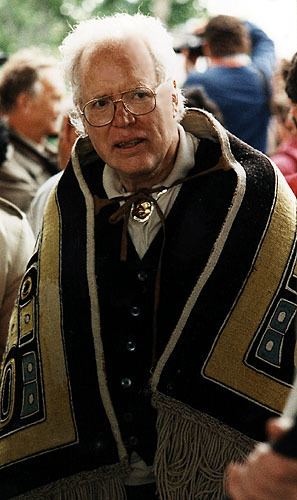
William Ronald Reid Jr., called Bill, was born in Victoria, British Columbia; his father was American William Ronald Reid Sr., of Scottish-German descent and his mother, Sophie Gladstone Reid, was from the Kaadaas gaah Kiiguwaay, Raven/Wolf Clan of T'anuu, more commonly known as the Haida, one of the First Nations of the Pacific coast.

Reid developed a keen interest in Haida art while working as a radio announcer in Toronto for CBC Radio, where he also studied jewelry making at the Ryerson Institute of Technology. His maternal grandfather first taught Reid about Haida art, and through him, Bill inherited his tools from his great-great-uncle Charles Edenshaw, a renowned artist who died the year Reid was born.
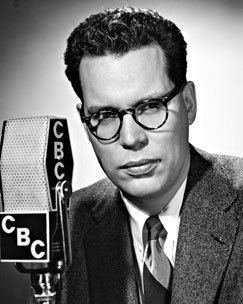
In 1951, Reid returned to Vancouver, where he eventually established a studio on Granville Island. He became greatly interested in the works of Edenshaw, working to understand the symbolism of his work, much of which had been lost along with many Haida traditions. During this time Reid also worked on salvaging artifacts, including many intricately carved totem poles, which were then moldering in abandoned village sites. He assisted in the partial reconstruction of a Haida village in the University of British Columbia Museum of Anthropology.
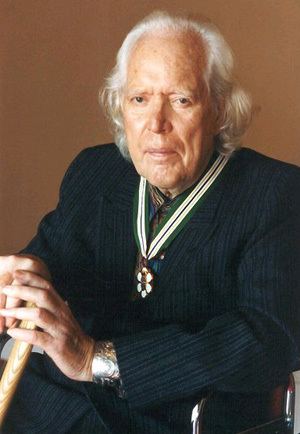
At the age of 29, Reid married a woman named Mabel. They had one child together and later adopted a second.
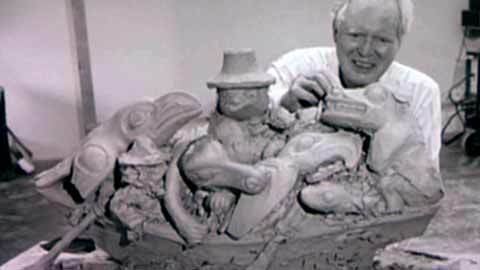
Working in the traditional forms and modern media (usually gold, silver and argillite), Reid began by making jewelry. He gradually explored larger sculptures in bronze, red cedar and Nootka Cypress (yellow cedar), usually portraying figures, animals, and scenes from folklore. He intended to express his ancestors' visual traditions into a contemporary form.
Major works and awards
Reid's most popular works are three large bronze sculptures, two depicting a canoe filled with human and animal figures: one black, The Spirit of Haida Gwaii, is at the Canadian Embassy, Washington, D.C., in the United States; and one green, The Jade Canoe, is at Vancouver International Airport, in British Columbia. The third, Chief of the Undersea World, depicts a breaching orca and is installed at the Vancouver Aquarium. Plaster casts of these sculptures are held by the Canadian Museum of History in Gatineau, Canada.
Legacy and honours
Reid received many honours in his life, including honorary degrees from the University of British Columbia, the University of Toronto, the University of Victoria, the University of Western Ontario, York University, and Trent University. He received the National Aboriginal Achievement Award, the Indspire Awards, for Lifetime Achievement in 1994, and was made a member of the Order of British Columbia and an Officer of France's Order of Arts and Letters. He was made a member of the Royal Canadian Academy of Arts.
On 30 April 1996 Canada Post issued 'The Spirit of Haida Gwaii, 1986-1991, Bill Reid' in the Masterpieces of Canadian art series. The stamp was designed by Pierre-Yves Pelletier based on the sculpture The Spirit of Haida Gwaii (1991) by William Ronald Reid in the Canadian Embassy, Washington, United States. The 90¢ stamps are perforated 12.5 x 13 and were printed by Ashton-Potter Limited.
Two of his sculptures, Raven and the First Men and Spirit of Haida Gwaii, are prominently featured on the $20 note in the Bank of Canada's new Canadian Journey (2004) issue, paired with a quotation from author Gabrielle Roy.
Later years
Reid participated in the blockades of logging roads which helped save the rain forests of Gwaii Haanas (South Moresby). He stopped work on the sculpture in Washington during this period to protest the destruction of the forests of Haida Gwaii.
Having dedicated the later part of his life to the creation of new works and these tasks of curation, Reid died on 13 March 1998, of Parkinson's disease, in Vancouver. In July 1998 friends and relatives paddled Lootaas, a large cedar canoe carved by Reid for Expo 86, on a two-day journey along the Pacific coast to bring his ashes to Tanu Island in Haida Gwaii, the site of his mother's village of New Clew.
